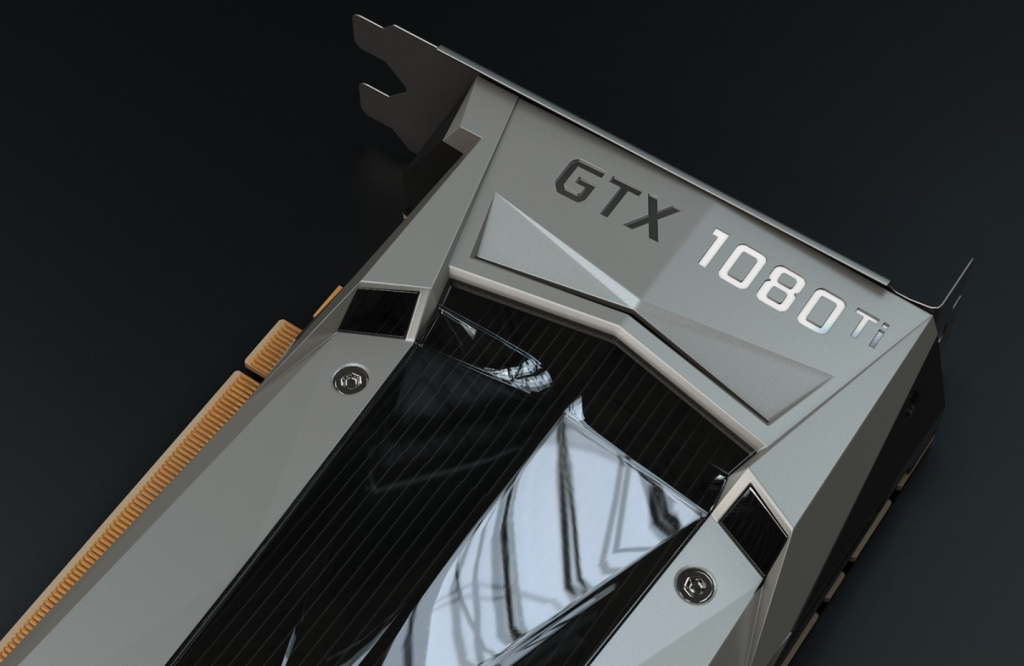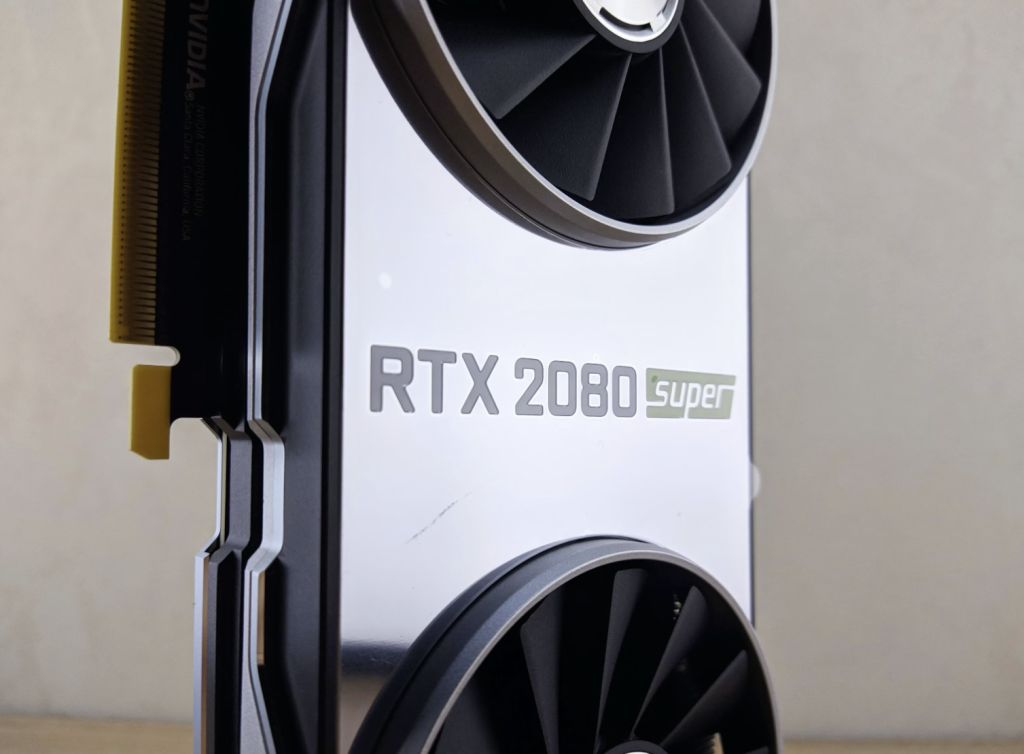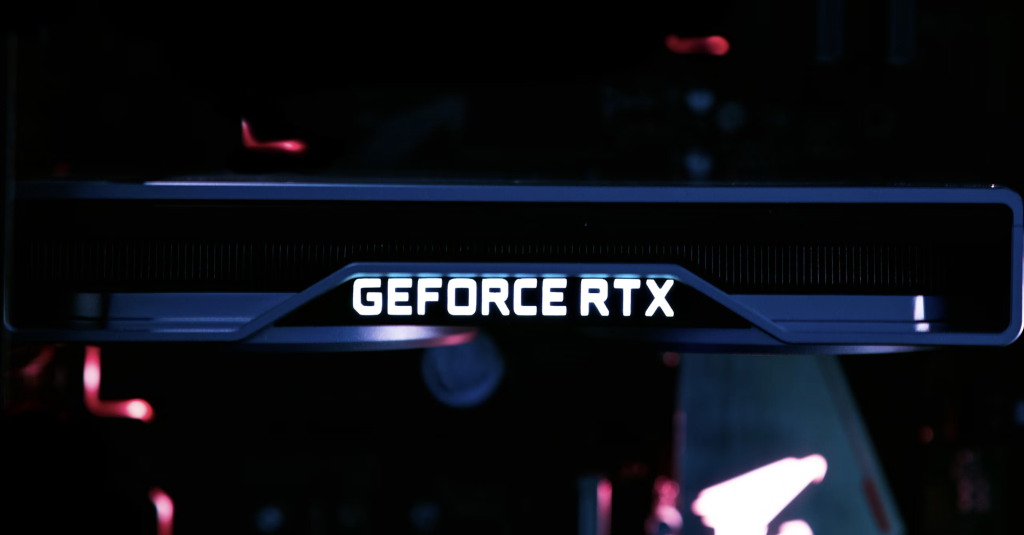Overview of RTX 4080 and RTX 4090
The graphics card market has been dominated by Nvidia’s RTX 40-series lineup, particularly the RTX 4080 and RTX 4090, two of the most powerful gaming GPUs available today. However, with such performance comes a hefty price tag, leaving many gamers wondering: is the price jump from the RTX 4080 to the RTX 4090 justified? To answer this, we’ll break down everything from performance benchmarks to power efficiency and pricing strategies.
What Sets the RTX 4090 Apart from the RTX 4080?
GPU Architecture: Ada Lovelace’s Influence
Both the RTX 4080 and RTX 4090 are built on Nvidia’s Ada Lovelace architecture, but the RTX 4090 pushes this architecture to its limits. Ada Lovelace brings improvements in ray tracing, AI-based performance enhancements like DLSS 3, and more efficient power consumption. The RTX 4090 benefits the most from these advancements, offering significant performance gains over the 4080, particularly in demanding applications.
Core Count and Clock Speeds: A Performance Breakdown
One of the major differences between the RTX 4080 and 4090 lies in their core count and clock speeds. The RTX 4090 has 16,384 CUDA cores compared to the RTX 4080’s 9,728. This higher core count directly translates to faster and more efficient processing, especially in highly parallel tasks like gaming and 3D rendering.
How Do Clock Speeds Affect Gaming Performance?
Clock speed is another important metric that determines GPU performance. The RTX 4090 has a slightly higher boost clock of 2.52 GHz compared to the RTX 4080’s 2.51 GHz. While the difference might seem marginal, it gives the 4090 a slight edge in raw performance, particularly in high-demand scenarios like 4K gaming or rendering complex scenes.
Core Count and Its Importance in Gaming
In gaming, the number of cores determines how many tasks the GPU can handle simultaneously. The RTX 4090’s additional cores help deliver smoother gameplay, especially in open-world games or those using advanced AI and ray tracing technologies. This makes the 4090 ideal for gamers looking for the best performance at ultra settings and resolutions.
RTX 4080 vs. RTX 4090: Gaming Performance Comparison
Benchmark Results for Popular Games
When it comes to gaming performance, benchmarks are crucial for understanding the real-world differences between these GPUs. In most games, the RTX 4090 outperforms the RTX 4080 by around 25-40%, depending on the title and resolution. Games like Cyberpunk 2077 with ray tracing enabled show a stark difference, with the 4090 delivering frame rates far superior to the 4080.
Performance at 4K Resolution
The true test of these GPUs is at 4K resolution. The RTX 4080 can handle 4K gaming quite well but may struggle with ultra settings and demanding titles, where the RTX 4090 shines. The latter is built to push these games to their limits without compromising on frame rate, offering a smoother and more immersive gaming experience at 4K.
Ray Tracing and DLSS Features
Both GPUs support ray tracing and DLSS (Deep Learning Super Sampling), but the RTX 4090’s extra power allows it to handle ray tracing at higher frame rates without sacrificing quality. The RTX 4090 also benefits more from DLSS 3, Nvidia’s latest AI-based upscaling technology, making it more future-proof for next-generation gaming titles.
The Price Difference: Is It Worth It for Gamers?
Pricing Strategy of NVIDIA
Nvidia’s pricing strategy for these GPUs is notable. The RTX 4080 is priced significantly lower than the 4090, but it’s still a premium product. The RTX 4090, with its top-tier performance, commands a price that reflects its capabilities, but is it worth that price jump for the average gamer?
Price-to-Performance Ratio
When you break down the price-to-performance ratio, the RTX 4080 offers much more value for gamers who don’t need absolute top-end performance. For those focused on 1440p or 4K gaming without ray tracing, the 4080 might be a better option, offering near-RTX 4090 levels of performance at a lower price.
Power Consumption and Efficiency
How Much Power Do These GPUs Consume?
The RTX 4090 consumes more power than the RTX 4080, with a TDP (Thermal Design Power) of 450W compared to the 4080’s 320W. This means that gamers will need to invest in a higher-wattage power supply and may see an increase in energy consumption. If you’re already running a high-performance rig, this may not be an issue, but it’s something to consider.
Impact on PC Builds and Energy Bills
The increased power consumption of the RTX 4090 can also affect the overall cost of running a high-end PC, particularly when gaming for extended hours. While the 4080 is still power-hungry, it’s slightly more efficient, making it a better choice for those concerned about power bills or running a more compact PC build.
Who Should Consider the RTX 4090?
High-End Gamers and Content Creators
The RTX 4090 is the go-to choice for gamers and content creators who demand the best. If you plan to game at 4K resolution with ultra settings and ray tracing enabled, or if you’re rendering high-resolution videos or working with 3D models, the RTX 4090 will provide the performance needed for seamless operation.

Future-Proofing Your Gaming Rig
Investing in the RTX 4090 is also a good way to future-proof your gaming rig. As games continue to evolve with more demanding graphics and features like ray tracing, having the most powerful GPU will ensure you can keep up with new titles for years to come.
Who Should Stick with the RTX 4080?
Budget-Conscious Gamers
For gamers who don’t need the absolute best performance, the RTX 4080 is a fantastic choice. It delivers incredible performance at a much more reasonable price point. If you’re gaming at 1440p or 1080p, or if ray tracing isn’t your priority, the 4080 is more than sufficient for an immersive experience.
Gamers Not Prioritizing 4K or Ray Tracing
If you’re not focused on 4K gaming or don’t care about the highest possible ray tracing settings, the RTX 4080 will still provide an excellent experience at a lower price. The 4080 offers fantastic value for gamers who want top-tier performance without breaking the bank.

Conclusion: Is the RTX 4090 Worth the Premium?
The RTX 4090 offers superior performance, especially for 4K gaming, ray tracing, and content creation. However, its steep price might be overkill for most gamers, particularly those who don’t need cutting-edge performance. The RTX 4080, while not as powerful, still provides an excellent gaming experience at a more reasonable price. Ultimately, the decision depends on your gaming needs, budget, and desire for future-proofing.
FAQs
- What is the price difference between the RTX 4080 and RTX 4090?
- The RTX 4090 is significantly more expensive, typically around $1,500, while the RTX 4080 is priced around $1,200.
- Is the RTX 4090 overkill for 1440p gaming?
- Yes, the RTX 4090 is more suited for 4K gaming, and its performance at 1440p is far beyond what most gamers need.
- Can I use an RTX 4090 for video editing and 3D rendering?
- Absolutely. The RTX 4090’s extra power makes it an excellent choice for demanding workloads like video editing and 3D rendering.
- Do both GPUs support ray tracing and DLSS?
- Yes, both the RTX 4080 and RTX 4090 support ray tracing and Nvidia’s DLSS technology, but the 4090 performs better with these features enabled.
- Is it worth upgrading to the RTX 4090 if I already have a 3080?
- If you’re gaming at 4K or using your PC for intensive tasks like 3D rendering, the RTX 4090 may be a worthwhile upgrade. For general gaming, the RTX 3080 should still offer excellent performance.


Leave a Reply